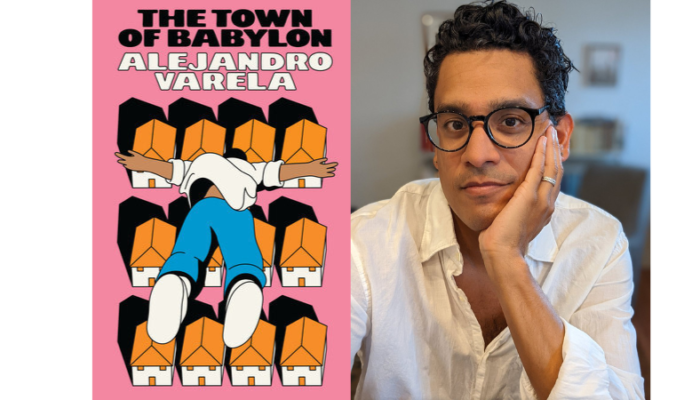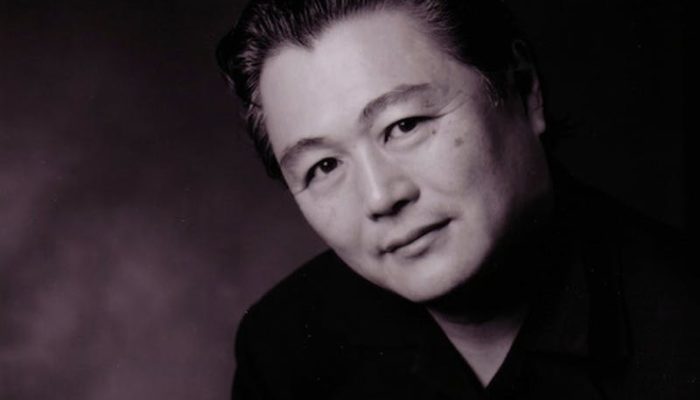Margo Jefferson’s Negroland: A Memoir
Elisabeth Sherman
 Literature is experiencing a renaissance in the memoir genre. Women especially dominate this field. But critic Margo Jefferson has created a staggering hybrid work in Negroland, combining historical research with autobiography with lyric essay to elevate memoir beyond the confines of internal thought processes and solipsistic reflections on an individual experience. Jefferson opens Negroland with a history of America’s post-slavery landscape in brief profiles and letters of this country’s first black elite: James Forten, “abolitionist and entrepreneur,” Cyprian Clamorgan, author of The Colored Aristocracy of St. Louis, and Charlotte Forten, teacher and activist. This opening serves as the first hint that Jefferson’s book will be an act of preservation, a new historical record of “colored society.”
Literature is experiencing a renaissance in the memoir genre. Women especially dominate this field. But critic Margo Jefferson has created a staggering hybrid work in Negroland, combining historical research with autobiography with lyric essay to elevate memoir beyond the confines of internal thought processes and solipsistic reflections on an individual experience. Jefferson opens Negroland with a history of America’s post-slavery landscape in brief profiles and letters of this country’s first black elite: James Forten, “abolitionist and entrepreneur,” Cyprian Clamorgan, author of The Colored Aristocracy of St. Louis, and Charlotte Forten, teacher and activist. This opening serves as the first hint that Jefferson’s book will be an act of preservation, a new historical record of “colored society.”
Historical context becomes crucial when the narrative turns to Jefferson’s life. Her memoir transcends the current popular modes of first person writing. It’s not a diary, chronicling the minutiae of an author’s life, nor is it personal essay pegged on a current event. Playing with a sly academic tone, Negroland is reminiscent of a brilliant college lecture, during which the professor occasionally interrupts herself with personal anecdotes. Jefferson interweaves her personal story with that of her cultural predecessors: the story of the evolution of the black upper class in America is the story of the Jefferson family.
Jefferson positions her family not as a point of interest on its own, but rather as an example of this overlooked section of American society. As Jefferson recalls, “Most whites knew little about us; only a few cared to know.” She elucidates for the reader the structures on which this world is built: The most valued skin tone (the lighter shades of honey, amber, bronze), how hair should ideally be styled (dead straight), and the most beautiful shape of nose (narrow, never broad and flat). But also that “Negroland played our part in the civil rights movement… in the courts, in the press, on the streets and the freedom buses.”
This story couldn’t be told without detailing the aggressions and trauma of living as a black family on the South Side of Chicago in the fifties and sixties. Within Jefferson’s small community, her family is considered successful. But the achievements of her parents are invisible to the white police officer who pulls over her pediatrician father asking if he’s a drug dealer, the white children who invade the Jeffersons’ backyard and play there without permission, and the teacher who leaves the word “darkie” in a song that Margo and her class sing. The contributions of her ancestors to the arts and sciences, erased.
The Jefferson sisters were taught to “resent the relative lack of attention of achievements garnered.” The black elite of Negroland thought of themselves “as the Third Race, poised between the masses of Negroes and the classes of Caucasians.” Jefferson and her family live in a dimension, neither a part of the African-American community-at-large nor able to transcend it. And so her mother taught her daughters how to properly recite a Langston Hughes poem. She gave her daughters “cultural enrichment” lessons in the evenings, reciting the names and occupations of successful members of their community from the editors of Ebony to the founders of Provident Hospital. Jefferson’s mother educated her, and now she educates her readers.
There’s no question that it’s shameful that most people have a blind spot in their understanding of how African-Americans have contributed to American culture. But Jefferson’s compact memoir is a rebuttal to that gap in our knowledge. She reminds us that what constitutes our ignorance is the scaffolding of her upbringing. And her experience as a member of “colored society,” while written in the first person, exposes a whole swath of children of her generation and economic class who define blackness differently than any history book can, differently than the popular consciousness of blackness can.
Jefferson has rewritten history to include the legacy of activism and arts inherited from the first African-Americans to write books and become doctors—people who have always been central to American history, but remain largely invisible. At the end of her introduction Jefferson writes, “keep a close watch”—apt advice for a social history disguised as a memoir.
 Elisabeth Sherman is a writer and teacher living in Seattle.
Elisabeth Sherman is a writer and teacher living in Seattle.



